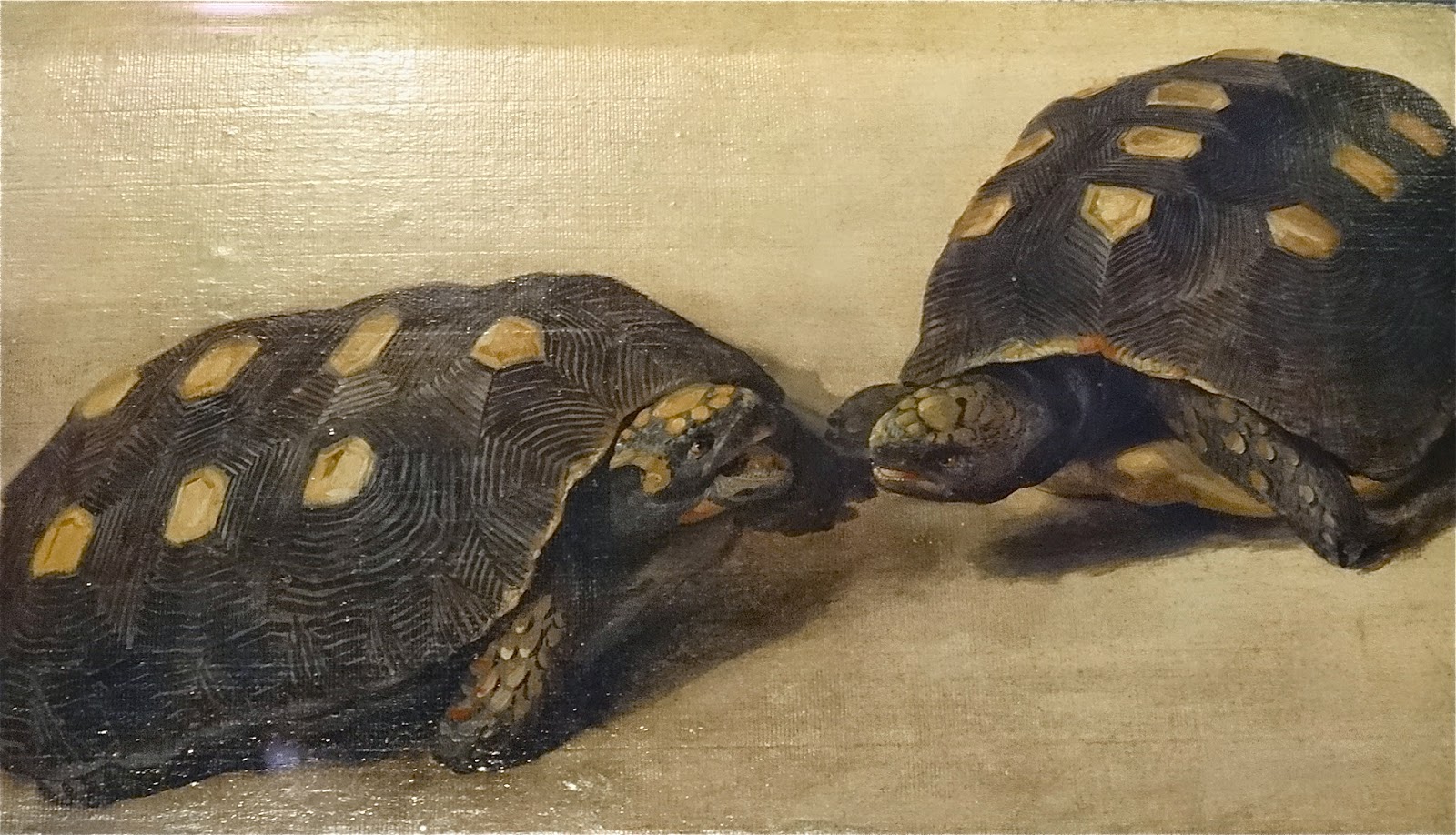Before the photography era, drawing, painting, etching,... were among the only media to disseminate images from the "new world". Such illustrations from the Renaissance up to the second half of the XIXth century are preserved today in Musea and/or university libraries. The striking resemblance of these works with reality just reflects the very high drawing skills of the artists. This explains also why some of them were patronized to support long-range scientific expeditions. To this respect, graphic arts became progressively an efficient tool of botanical, geological and zoological development. The very few examples below try to show the talent of these artists and the different goals they wanted to reach. Some of the exotic animals below can still be observed in French Guiana during the MSG-4 Launch Campaign...
Albrecht Dürer (1471-1528)
Rhinoceros, 1515... first representation of such an animal in Europe (though Dürer never saw this animal located in Portugal). This Rhinoceros died in a shipwreck in the Mediterranean sea in 1516 while it was sent as a present by the King of Portugal to the Pope Leo X!
Albert Eckhout (ca 1610-1655)
Study of two Brazilian (giant) turtles, ca 1640, Mauritshuis, Den Haag. The comparison with pictures made in French Guiana during MSG-3 launch campaign is striking!
Also to be seen in the Mauritshuis, a painting called the Garden of Eden and the fall of the man, ca 1615. This work was a join effort of two major artists of the time, Jan Brueghel I (1568-1625) for representing the animals and Peter Paul Rubens (1577-1640) for Adam and Eva. A detail of this painting shows various birds sitting in branches including exotic ones...
Pieter Boel (1622-1674), was also an expert in animal studies and postures.
Above: Study of a parrot (ara arauna), Le Louvre
Right: Study of 2 parrots (ara chloroptère and ara arauna), Le Louvre
These species of Red and green macaws can be observed in French Guiana.
Frans Post (1612-1680) was already mentioned in a previous post.
View of Olinda, Brazil (detail), 1662, Rijksmuseum
Melchior d'Hondecoeter (1635-1690),
The Menagerie, ca 1690, Rijksmusuem
Jean Baptispte Oudry (1686-1755)
From left to right: Demoiselle crane, Guianan Toucanet, Tufted crane, 1745, Schwerin, Galerie Alte & Neue Master
In the same museum in Schwerin, one should not miss the Jean Baptiste Oudry's famous Rhinoceros (Portrait of Clara in Paris, 1749). This female Rhino was toured in Europe as a star and had a less tragic fate than the Dürer's one...
Charles Darwin (1809-1882) used these sketches (and much others) to elaborate his theory of the evolution (On the origin of Species,1859).









No comments:
Post a Comment
Note: Only a member of this blog may post a comment.